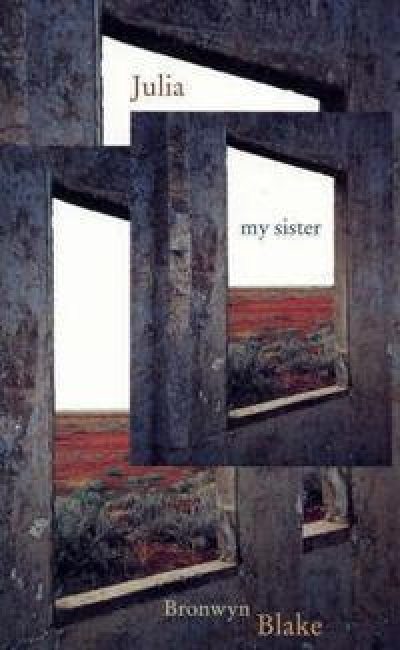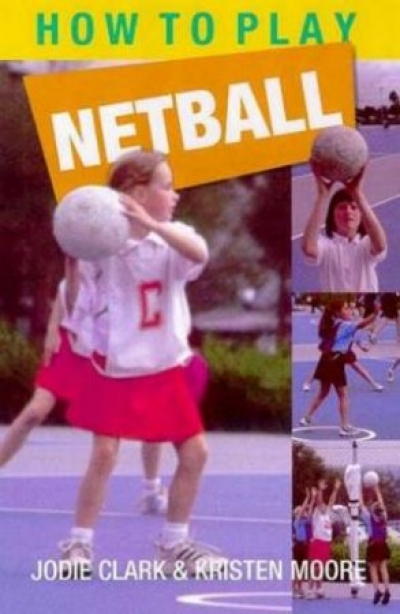Lothian
As Eric Hobsbawn points out in his autobiography, Interesting Times: A Twentieth Century Life (2002), ‘the world needs historians more than ever, especially skeptical ones’. History, however, is not a popular subject in today’s schools. Three of these four books make attempts, variously successful, to engage young readers in a sense of the past. The other is a bizarre compilation of odd details, and could be considered an account of the history of certain sciences; it almost fits into the historical ambit.
... (read more)Hyram and B. by Brian Caswell, illustrated by Matt Ottley & Two Summers by John Heffernan, illustrated by Freya Blackwood
Julia My Sister by Bronwyn Blake & Thambaroo by Jane Carroll
Hello Puppy! by David Cox & Milli, Jack and the Dancing Cat by Stephen Michael King
How to Play Netball by Jodie Clark and Kristen Moore & How to Play Cricket by Garrie Hutchinson
It is the often hapless task of the reviewer to draw together observations on the aspirations and creations of up to six people into a seamless and riveting piece of critical prose. Sometimes it is just not possible, as is the case here, when all these three books have in common is that they are picture books, and will probably be found somewhere near each other in a bookshop or library.
... (read more)




